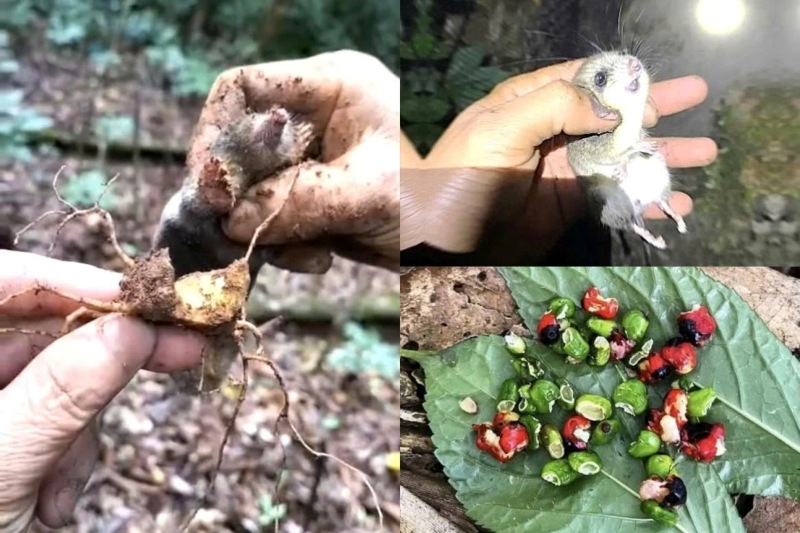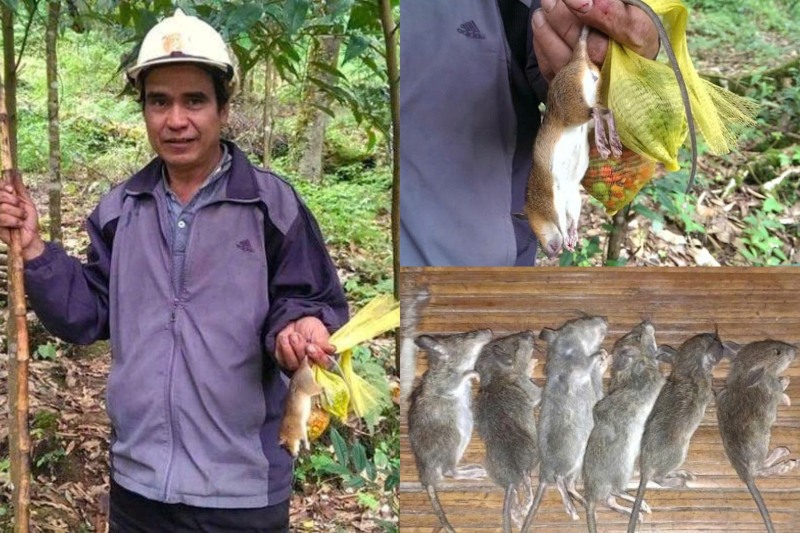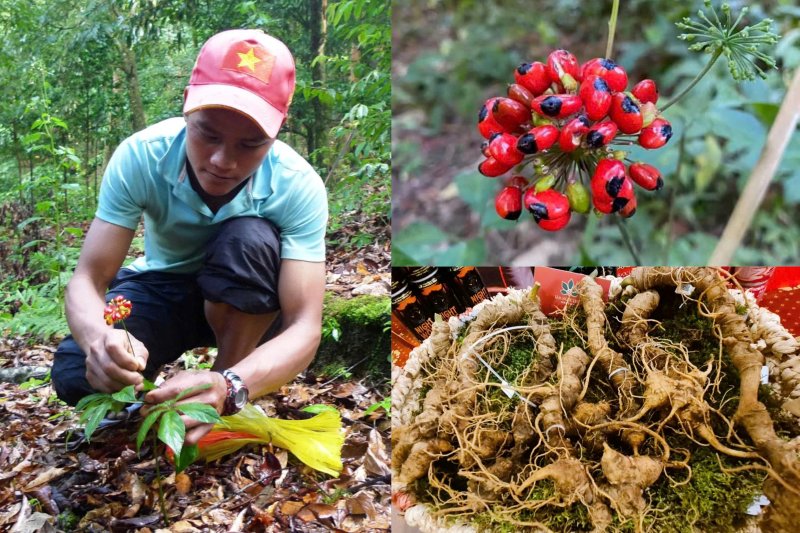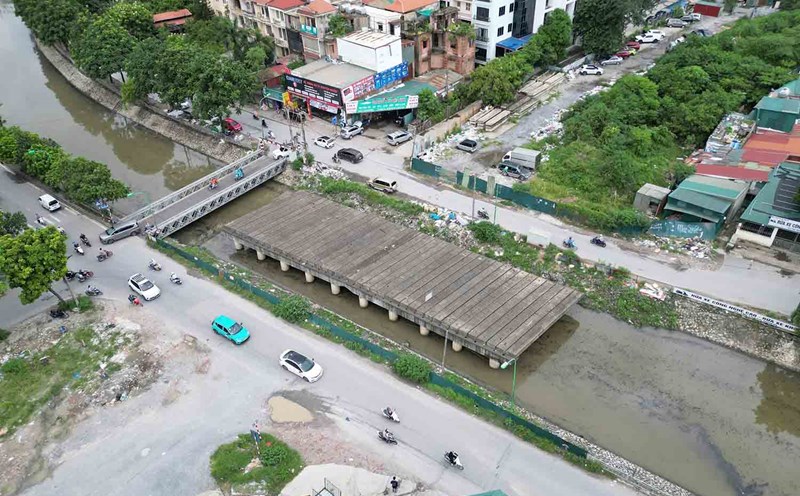Artistic tribe only eat tubers and Ngoc Linh ginseng
During the heavy rain, Mr. Ho Van Dang (Tra Linh commune, Da Nang city) wade through mud to check the ginseng beds. Under the flashlight, the more than ten-year-old ginseng roots are sticky and mushy, and the just ripe seeds have "evaporated".
"Theft can still be caught, but this rat is a lost animal," said Mr. Dang, his voice helpless. Many household groups recorded that some houses lost up to 700 trees, with estimated damage of billions.

The culprit is called by growers as the "golden apple", or the "nobles" - the rambutan, the climber who climbs well, breeds quickly and "eats well" - they target the most valuable part of ginseng, the roots and seeds. Initially, the rat focused on eating nuts for seeding, then switched to biting at all ages, leaving bare roots.
Recorded in Tra Linh in 2024, more than 6,000 1-3 year old ginseng seedlings were destroyed by mice, causing damage of more than 2 billion VND; the situation recurred and spread through the following ginseng seasons. Not only small households, but large-scale ginseng gardens are also struggling: there are trees worth tens of millions of VND that "fly" overnight.

Facing the "nobles", the villagers spread nets, fences, and wrapped B40; placed hundreds of traps, spike traps, and stone traps; even used biological bombs. But the results were far from expectations: traps were still "falling into the net", setting the rat the day before and the day after; the rain and wind caused the fence to fall, the rat followed the stream to the trough. Some households have to carry their nets up the mountain to surround their gardens - which is costly, arduous but still helpless in the face of their quirkiness.
Traps and fences are still helpless against the "nobles"
According to Ms. Nguyen Thi Huynh, owner of Huynh Sam business, one of the reasons for the rat outbreak was due to natural disasters. In June 2025, storms and winds in the mountainous areas of Tra Linh and Tra Cang caused trees to fall, roofs and fences to be damaged, creating space and access roads for mice; access and statistics of damage have been obstructed for many days.
Along with that is local ecological imbalance: hunting pressure, changes in plant carp, climate change... can cause enemy complexes to decline, mice to increase rapidly. In fact, the explosion of ginseng-breaking mice is rising through each ginseng season, each sound of throbbing at midnight in the country cages.

For many years, thousands of households have clinged to the forest, built hutters, and slept in the rain and wind to keep the "treasure" of the mountain. But the "nobles" are pushing many families into an uncertain spiral: the wells buried underground are being dug up every night, the seeds are being eaten clean, the breeding plan is collapsing, and debt is lurking.
According to the people, the "golden worm" climbed well, following tree canopy and rock passes to cross the fence; had a good memory of preying on prey, and a quick reflex to avoid traps, causing manual measures to gradually decrease the effectiveness.
The Plant Protection Institute (under the Vietnam Institute of Agricultural Sciences) has recommended comprehensive pests management (IPM): garden hygiene, reinforcement of covers - fences; placing biological - mechanical traps along the route; using controlled microorganisms; managing residences and food sources; organizing communities according to the "ring" instead of each individual household. Some IPM models that have been accepted show that the prevention efficiency can be over 75% when deployed synchronously.
However, to widely apply in terrain over 1,200m, old forests, and cold, humid climates all year round is a big challenge.









